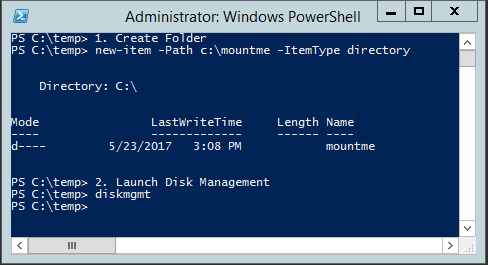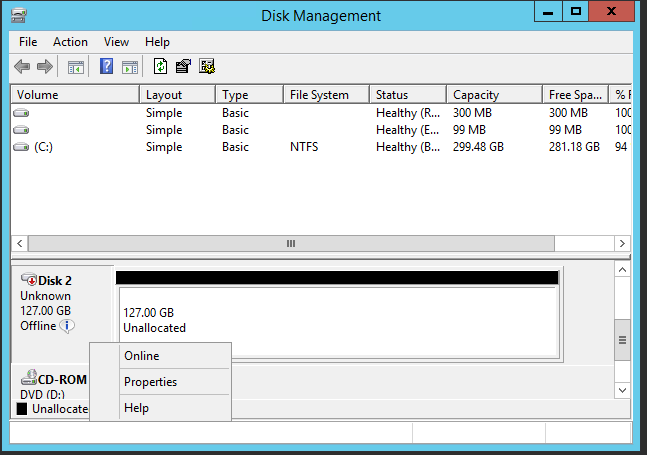I know with Appassure only entire drives could be backed up. Has that changed? I have drives that I do not need to back up in their entirety. I am now running Rapid Recovery 6.1.1.137. I cannot find an answer for this in the knowledge base.
- 製品情報
- ソリューション
- サービス
- サポート
- トライアル
- パートナー
- コミュニティ















